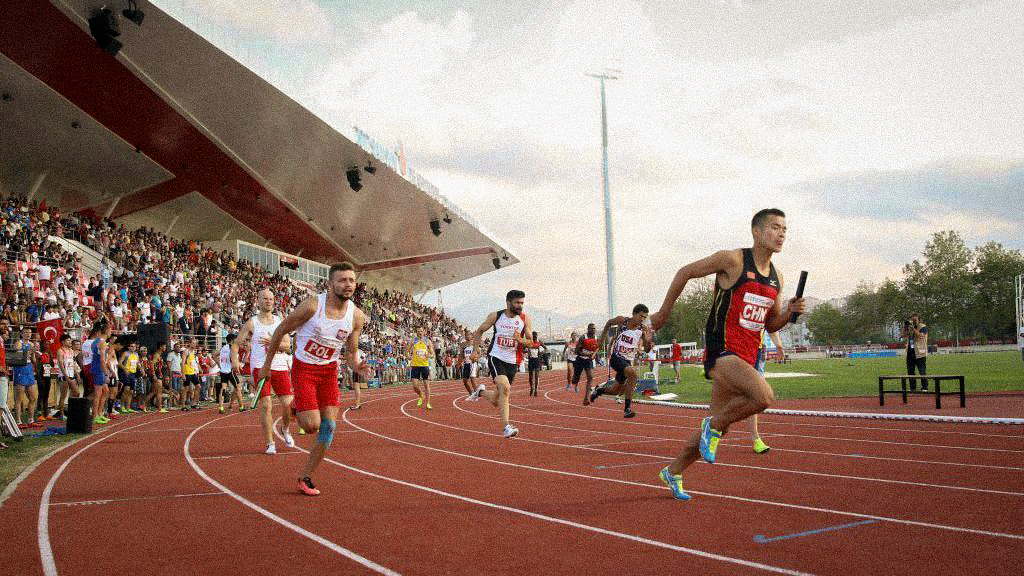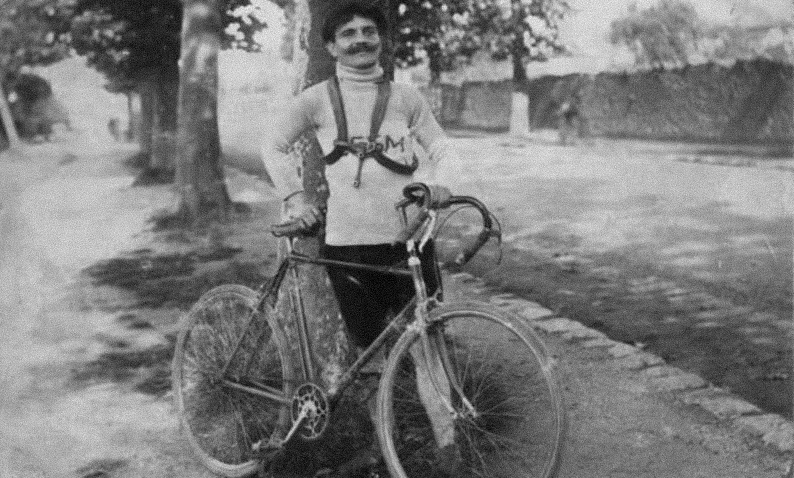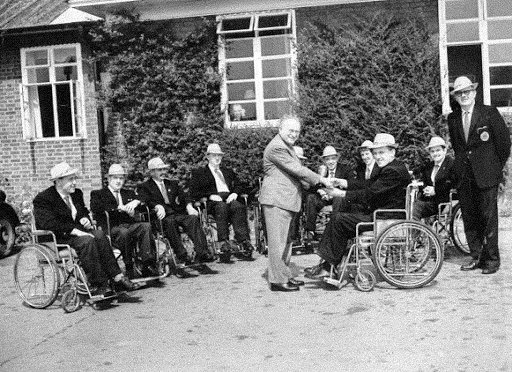Every four years, the world’s top athletes transform years of dedication into moments of extraordinary achievement. Both the Deaflympics and the Paralympics celebrate this pursuit of excellence, yet each movement grew from a distinct history, supports a unique community, and champions its own approach to accessibility and inclusion.
Although they share a vision of empowering athletes, they are not interchangeable. Each movement’s approach to eligibility, classification, communication access, and cultural experience reflects the needs and identities of the athletes it serves. This comprehensive guide explores their shared commitments, meaningful differences, and the values that shape each event.
Eligibility
Athletes must have a permanent hearing loss of at least 55 dB in their better ear, ensuring that everyone competes with comparable sensory access.
Device Rule
Hearing aids, cochlear implants, and similar listening devices are removed during competition. Many athletes rely on these tools in daily life, but removing them ensures a consistent visual communication environment for all competitors.
Classification
The Deaflympics use one unified eligibility standard with no functional or sport-specific classes. This approach promotes fairness through shared access rather than medical categorization.
Purpose
The focus is on cultural unity, visual communication, and equal participation—reflecting core values within the global Deaf community.

Eligibility
Paralympic athletes must meet the criteria for one of the impairment categories recognized by the International Paralympic Committee: physical, visual, or intellectual.
Equipment Use
Depending on the sport, athletes may use prosthetics, racing chairs, guides, tappers, or sport-specific adaptive tools that support safety and performance.
Classification
Each sport applies a functional classification system that evaluates how an impairment affects performance. This allows athletes to compete against others with similar functional abilities.
Purpose
The system ensures competition is defined by athletic preparation, strategy, and skill—not the degree of impairment.

Origins
The Deaflympics began in 1924 as the International Silent Games, founded by Deaf leader Eugène Rubens-Alcais. They grew out of Deaf-led sports clubs where community and visual communication were already central.
Early Purpose
The Games provided an environment where Deaf athletes could compete without communication barriers—where sign language, visual signals, and cultural understanding were built in from the start.
Evolution
Over time, the Deaflympics expanded globally, adding Winter Games and solidifying their identity as a cultural home for Deaf athletes worldwide.
Governance
The International Committee of Sports for the Deaf has maintained Deaf leadership throughout its history, ensuring decisions reflect community values and lived experience.

Origins
The Paralympic movement began in 1948 when Dr. Ludwig Guttmann organized an archery event for World War II veterans with spinal cord injuries. The event showed how sport could support healing and independence.
Early Purpose
Initially a rehabilitation-focused program, it quickly grew into structured competition as athletes discovered renewed strength, resilience, and possibility through sport.
Evolution
The first official Paralympic Games took place in 1960 in Rome. As technology advanced, adaptive equipment expanded opportunities for athletes with a wide range of impairments.
Governance
The International Paralympic Committee, established in 1989, unified governance across sports and strengthened the movement’s global reach.

Core Concept
Competition is designed around visual communication and shared sensory access.
Examples
Outcome
Athletes compete with confidence, clarity, and communication without limits.
Core Concept
Competition is adapted individually to athlete needs and the demands of each sport.
Examples
Outcome
Adaptive tools reinforce safety, independence, and competitive balance, allowing athletes to perform at elite levels through personalized access solutions.
The Deaflympics Village is alive with sign languages such as ASL, BSL, LSF, KSL, and many more. Warm-up areas, dining halls, and medal ceremonies become spaces where communication is completely accessible. Athletes often describe it as one of the rare environments where Deaf identity, culture, and community are fully shared and celebrated.

The Paralympic Village reflects a rich blend of disability cultures and lived experiences. Athletes may work with guides, prosthetists, wheelchair technicians, or pilots, and often rely on adaptive equipment built specifically for their sport. The result is an environment that honors individuality, connection, and the diverse ways athletes move through the world.
“The Deaflympics are part of the Paralympics.”
They are independent movements with distinct histories, governance, and cultural foundations.
“Deaf athletes can participate in the Paralympics.”
Hearing loss alone is not an eligible impairment category under IPC rules.
“All disabilities are included in the Paralympics.”
Only specific impairment types are eligible.
“Athletes with hearing aids or cochlear implants cannot join the Deaflympics.”
They can—these devices simply must be removed during competition.
The Deaflympics and Paralympics each honor athletes who train and compete with extraordinary pride, dedication, and skill. The Deaflympics create a vibrant environment shaped by visual communication and shared identity. The Paralympics build adaptive spaces where athletes showcase their talents through individualized access solutions.
Both movements break down barriers and strengthen communities where independence, connection, and empowerment thrive. By uplifting each one, we help create a world where every athlete has the opportunity to excel, inspire, and lead with confidence.
InnoCaption provides real-time captioning technology making phone calls easy and accessible for the deaf and hard of hearing community. Offered at no cost to individuals with hearing loss because we are certified by the FCC. InnoCaption is the only mobile app that offers real-time captioning of phone calls through live stenographers and automated speech recognition software. The choice is yours.
InnoCaption proporciona tecnología de subtitulado en tiempo real que hace que las llamadas telefónicas sean fáciles y accesibles para la comunidad de personas sordas y con problemas de audición. Se ofrece sin coste alguno para las personas con pérdida auditiva porque estamos certificados por la FCC. InnoCaption es la única aplicación móvil que ofrece subtitulación en tiempo real de llamadas telefónicas mediante taquígrafos en directo y software de reconocimiento automático del habla. Usted elige.